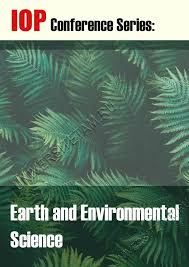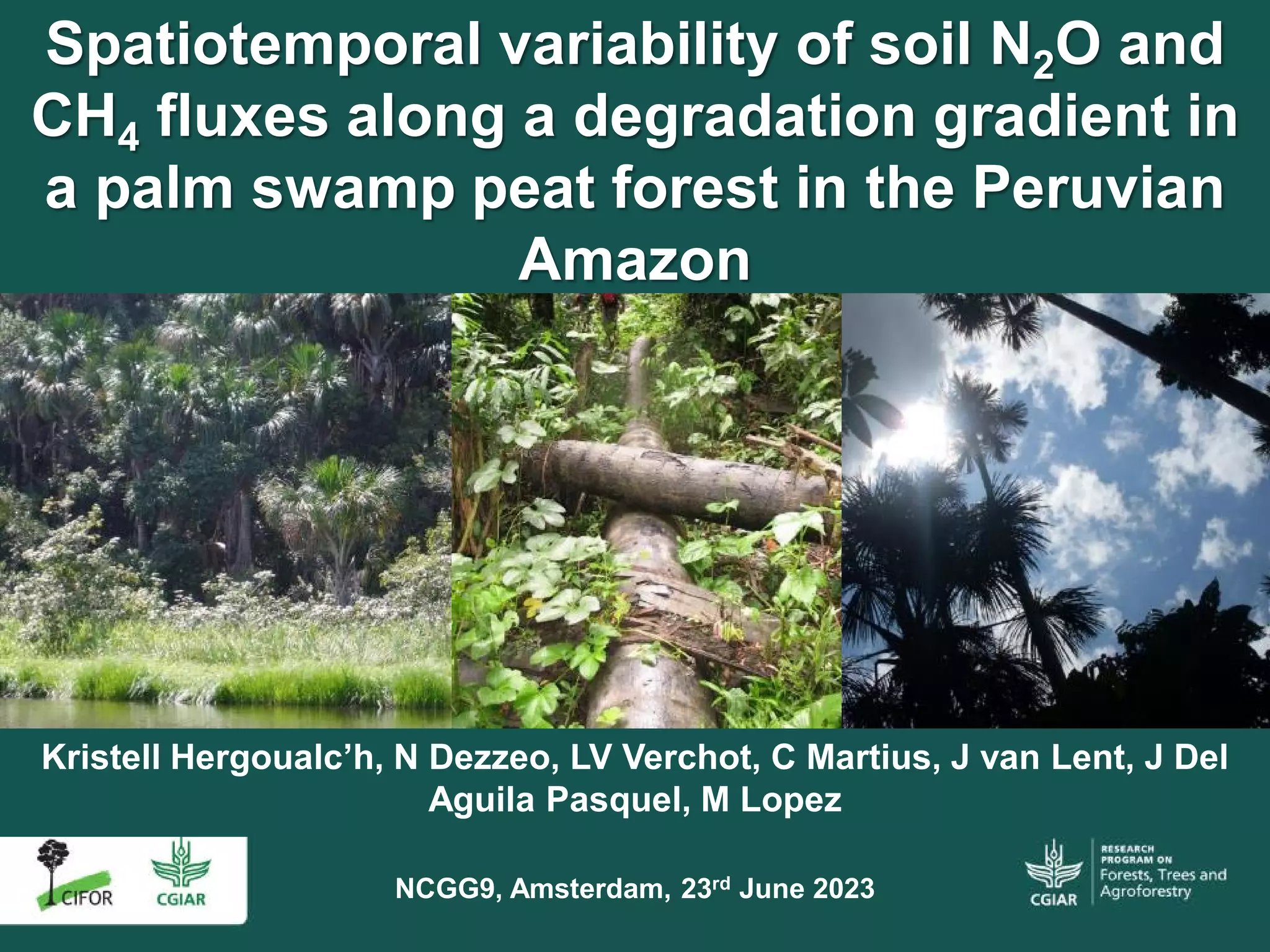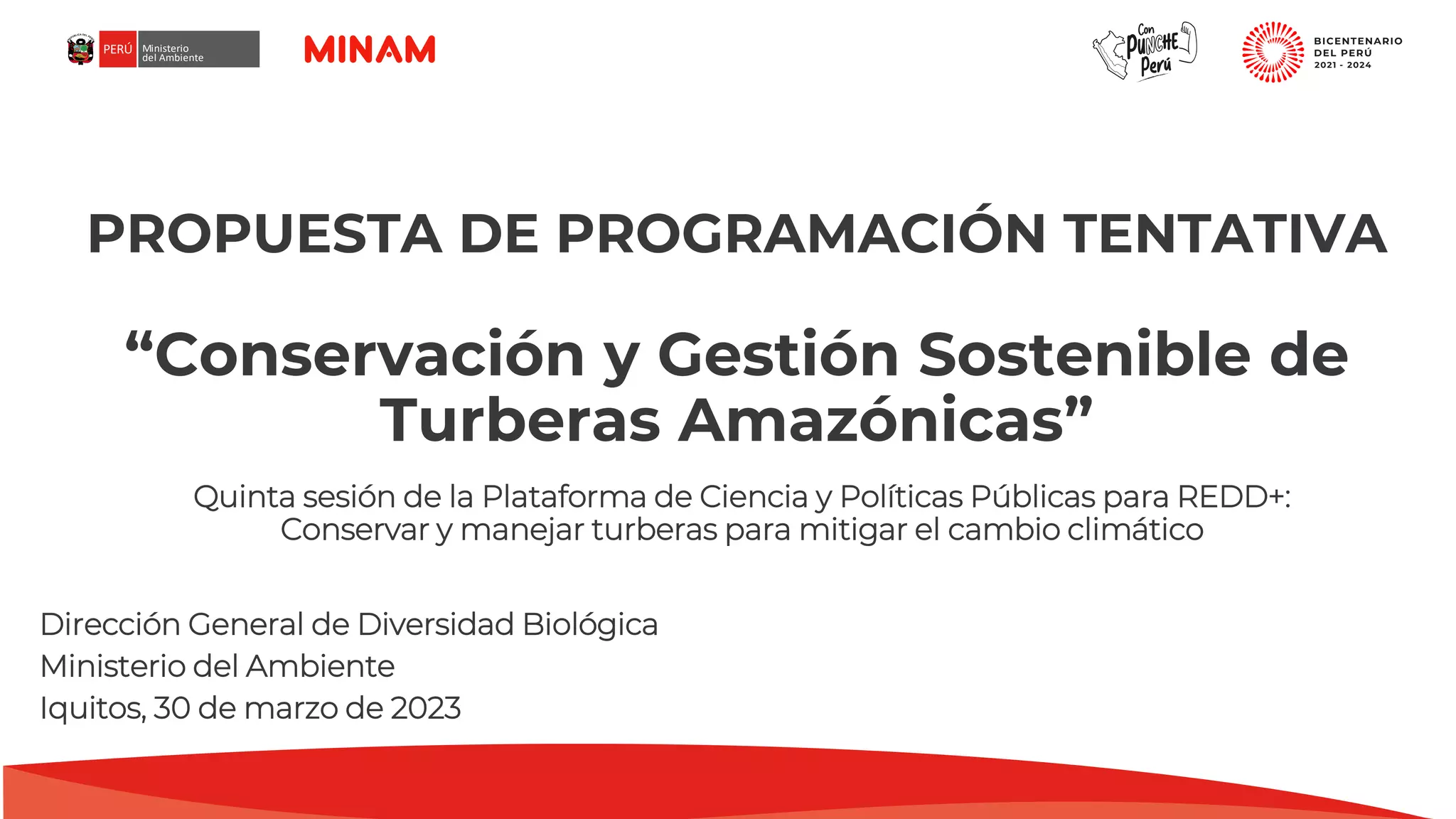
Draining deforested tropical peat swamp forests (PSFs) converts greenhouse gas (GHG) sinks to sources and increases the likelihood of fire hazards. Rewetting deforested and drained PSFs before revegetation is expected to reverse this outcome. This study aims to quantify the GHG emissions of deforested PSFs that have been (a) reforested, (b) converted into oil palm, or (c) replanted with rubber. Before rewetting, heterotrophic soil respiration in reforested, oil palm, and rubber plantation areas were 48.91 ± 4.75 Mg CO2 ha−1 yr−1, 54.98 ± 1.53 Mg CO2 ha−1 yr−1, and 67.67 ± 2.13 Mg CO2 ha−1 yr−1, respectively. After rewetting, this decreased substantially by 21%, 36%, and 39%. Conversely, rewetting drained landscapes that used to be methane (CH4) sinks converted them into CH4 sources; almost twice as much methane was emitted after rewetting. Nitrous oxide (N2O) emissions tended to decrease; in nitrogen-rich rubber plantations, N2O emissions halved; in nitrogen-poor reforested areas, emissions reduced by up to a quarter after rewetting. Overall, rewetting reduced the net emissions up to 15.41 Mg CO2-eq ha−1 yr−1 (25%) in reforested, 18.36 Mg CO2-eq ha−1 yr−1 (18%) in oil palm, and 28.87 Mg CO2-eq ha−1 yr−1 (17%) in rubber plantation areas.
Download:
 English 4.3 MB
English 4.3 MB

- Authors: Lestari, I., Murdiyarso, D., Taufik, M.
- Author Affiliation: Center for International Forestry Research, IPB University
- Subjects: climate change, groundwater level, land use change, ecological restoration, rehydration, peatlands, greenhouse gases, gas emissions
- Publication type: Journal Article, ISI
- Source: Forests 13(4): 505
- Year: 2022
- DOI: https://doi.org/10.3390/f13040505

















